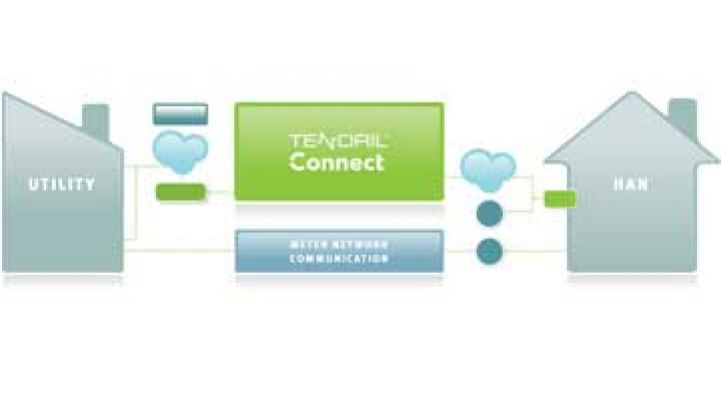Tendril made some big proclamations last month at The Networked Grid conference about what was coming for the home energy management company in 2011. Today the company is backing up some of those claims with an announcement of a strategic alliance with Siemens Energy.
Siemens will market the Tendril Connect platform as part of its smart grid offerings to utilities in the U.S. and Canada with eventual expansion overseas. Siemens Venture Capital has also invested in Tendril, although the amount was not disclosed.
While competitors like ABB and Schneider Electric are scooping up smaller companies with abandon to fill out their offerings, Siemens has just eight investments totaling $43 million in other smart grid companies, including Powerit Solutions, Smart Synch and Coulomb Technologies, and the global giant bought solar thermal specialist Solel for $418 million.
“The energy management and efficiency markets are crowded with companies taking a very narrow and piecemeal approach to solving a single problem for utilities and their customers,” Ralf Schnell, CEO of Siemens Venture Capital, said in a statement. “What makes Tendril’s solution so powerful is that as a cloud-based platform, it enables a new generation of products, applications and devices that address the needs from the meter to the home.”
Phil Craig, General Manager of Retail for Origin Energy, echoed those sentiments when it came to picking Tendril, stating that they seemed like the right company to work with to scale and move into the future.
Even with backing from a big name in power electronics, the home energy management space is still a crowded one. Control4 has partnerships with both Cisco and Silver Spring Networks.
General Electric has its own system, which it could test in markets through stores as early as this year. There are rumors Intel is thinking of getting in the business, and Ecofactor is posting strong double-digit energy saving results from its pilots.
Let’s not forget about OPower either, which claims 10 million homes under its belt and just picked up another $50 million in funding last year. While OPower is often thought of as more of a low-tech solution (just web and paper-based, no hardware), Tendril has the full suite of offerings.
In the Tendril pilot in Australia, however, only some customers will get the full monty, while some will just get a web portal and alerts in whatever form they choose. For Tendril, the path into millions of homes will likely be to have offerings that leave the hardware aside. Then, people can opt into those programs if they want to save more energy or take part in utility programs. "For now, we think utilities will deploy simple, non-invasive stuff,” said Adrian Tuck, CEO of Tendril.
Craig said Origin Energy hoped to use Tendril to build trust with customers, then use that as a platform to sell other products, like programmable thermostats.
As utilities look beyond meter installations and retailers look to differentiate themselves, small and large smart grid companies are looking to have full suites of solutions, so the move is a natural one for Siemens. The question now is whether they’ll go a step further and get in on the shopping (and buying) spree underway in the industry.



